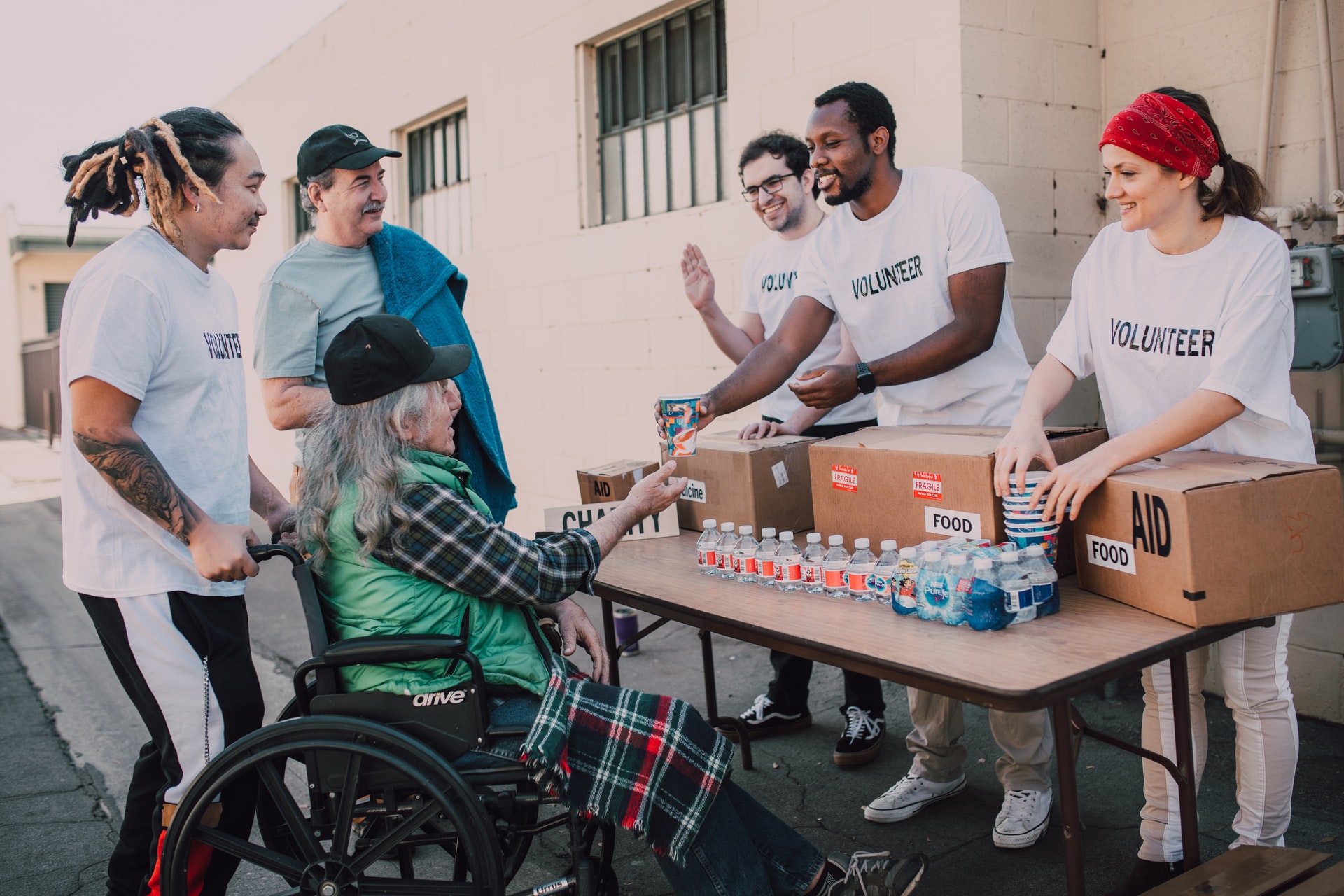Sanctuaries for Human Trafficking Survivors: Offering Security and Support on the Path to RecoverySanctuaries for Human Trafficking Survivors: Offering Security and Support on the Path to Recovery
shelters for human trafficking victims
Human trafficking is a global crisis that impacts numerous people yearly. For survivors that manage to escape their traffickers, the roadway to recovery can be lengthy and difficult. Specialized shelters play a vital duty in offering a safe haven and thorough assistance services to help trafficking victims reconstruct their lives.
These sanctuaries use greater than simply a roofing over one’s head – they develop a caring setting where survivors can start to heal from trauma, regain their independence, and job in the direction of a better future. While the particular programs and strategies might differ, the majority of shelters for trafficking survivors share some crucial elements and goals.
Safety and security and Safety and security
The leading concern of trafficking shelters is making sure the physical safety and security of residents. Many survivors face continuous threats from their traffickers, so sanctuaries utilize rigorous protection procedures. These commonly include undisclosed locations, protection employees, limited access, and protocols for transferring residents safely. Creating an atmosphere where survivors feel absolutely risk-free is necessary for their mental and psychological recovery.
Trauma-Informed treatment
Trafficking survivors have actually experienced extreme trauma, misuse, and exploitation. Sanctuaries make use of trauma-informed techniques in all elements of their programs and interactions with citizens. Personnel obtain specialized Training to understand the effects of injury and avoid re-traumatization. Counseling and treatment solutions assist survivors refine their experiences and establish healthy coping mechanisms.
Fundamental Demands and Stabilization
Upon arrival at a sanctuary, survivors frequently lack basic requirements. Shelters offer food, clothes, health products, and medical care to help support homeowners. Situation supervisors collaborate with each individual to evaluate their requirements and link them with proper services. This may include chemical abuse treatment, lawful advocacy, or household reunification assistance.
Mental Health Solutions
The mental toll of trafficking can be enormous. Numerous survivors deal with PTSD, depression, stress and anxiety, and various other mental health concerns. Sanctuaries provide both individual and group counseling sessions with trained therapists. Some incorporate different treatments like art, songs, or animal-assisted treatments. Structure durability and favorable mental health is crucial to long-term recuperation.
Life Abilities Growth
Traffickers typically intentionally keep targets separated and reliant. Shelters assist homeowners reconstruct functional life skills and self-sufficiency. This can include financial literacy classes, food preparation lessons, technology training, and assistance with tasks like obtaining recognition papers. The objective is to encourage survivors to live separately.
Education And Learning and Task Training
Numerous trafficking survivors have gaps in their education and learning or work history. Shelters partner with colleges and trade programs to aid citizens continue their education or gain marketable task skills. Some shelters have their own social business to supply task training and employment opportunities in a supportive environment.
Lawful Support
Navigating the lawful system can be overwhelming for trafficking survivors. Lots of sanctuaries offer lawful campaigning for solutions to aid with problems like immigration status, rap sheet expungement, custodianship fights, or civil litigation against traffickers. Having well-informed legal support can make a huge difference in survivors’ instances and future possibilities.
Long-Term Real Estate Assistance
While emergency situation sanctuaries give important short-term housing, the course to stable long-term housing can be challenging. Lots of programs use transitional housing options and aid in finding long-term housing. This may include aid with down payment, lease aids, or collaborations with property owners ready to collaborate with survivors.
Peer Assistance and Neighborhood Building
Connecting with others who have actually shared similar experiences can be strongly recovery. Sanctuaries typically facilitate peer support system and mentorship programs. Developing a sense of community within the sanctuary aids battle the isolation many survivors have actually experienced. Some programs also help homeowners in restoring healthy and balanced relationships with family and friends.
Social Skills
Trafficking sufferers come from varied histories, so social sensitivity is important. Numerous sanctuaries strive to supply culturally ideal services, food choices, and spiritual/religious assistance. Some focus on serving certain populaces like LGBTQ+ individuals or international nationals. Team diversity and language accessibility are likewise essential factors to consider.
Empowerment and Self-reliance
While sanctuaries provide considerable support, the supreme objective is to equip survivors to reclaim control of their very own lives. Programs stress resident option and self-determination in establishing objectives and making decisions. Celebrating tiny triumphes along the recuperation journey aids develop confidence and expect the future.
Recurring Aftercare
The requirement for assistance doesn’t finish when a survivor leaves the sanctuary. Many programs offer continuous aftercare solutions to previous citizens. This can consist of therapy, support system, emergency financial support, and other sources to assist preserve stability and protect against re-trafficking.
Difficulties and Future Directions
In spite of their important work, trafficking sanctuaries encounter considerable challenges. Financing scarcities, capability constraints, and personnel exhaustion are common issues. There is additionally a need for more customized programs for male survivors, LGBTQ+ individuals, and survivors with children.
Looking in advance, there are initiatives to expand shelter availability, especially in underserved areas. Scientists are functioning to identify best practices and evidence-based treatments to constantly enhance solutions. Enhanced collaboration in between sanctuaries, police, healthcare providers, and various other stakeholders is likewise vital to developing a solid support network for survivors.
While the trip of recuperation from trafficking is rarely easy, specific sanctuaries give an essential foundation of security, assistance, and hope. By dealing with the complicated demands of survivors in a holistic way, these programs aid individuals reclaim their lives and develop a brighter future devoid of exploitation.


